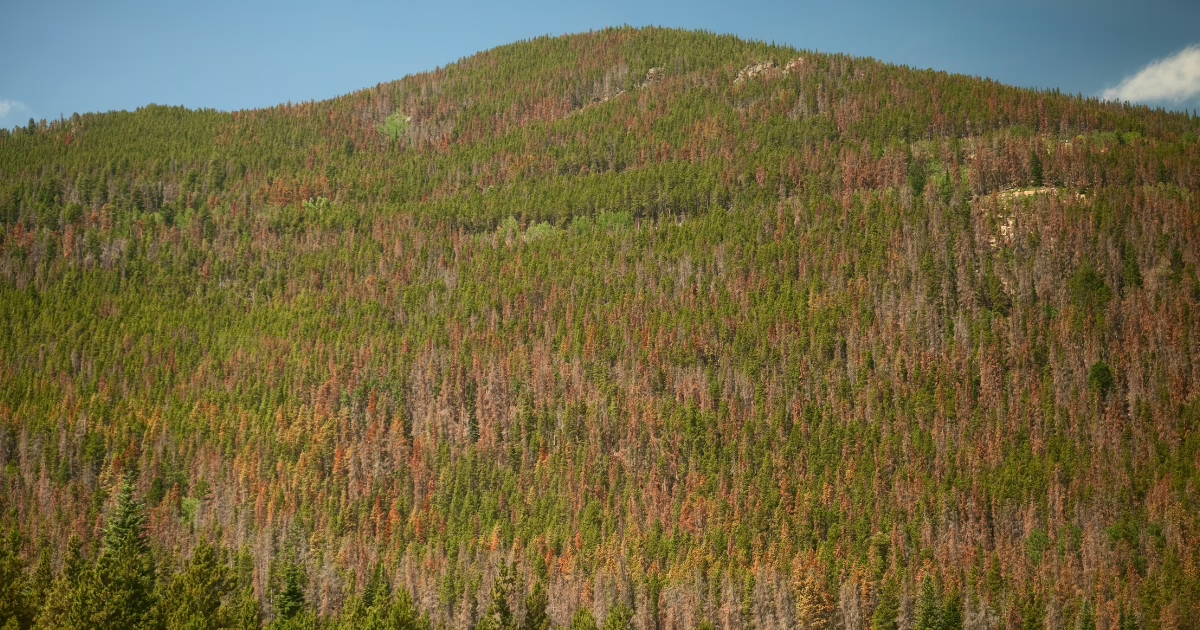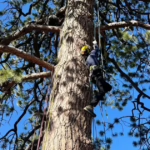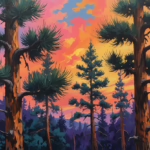How to Identify Mountain Pine Beetle: Drought vs. Beetle Damage and Tree Health Tips
If you’ve ever taken a road trip through Colorado’s mountains, you’ve probably noticed stretches of pine trees turning a rusty orange. Pines usually hold onto their green needles, so when their color fades like this, it’s a clear sign something’s wrong. In Southwest Colorado near Durango, this often means the trees are under attack from the mountain pine beetle (Dendroctonus ponderosae), which has been responsible for large-scale pine die-offs, particularly during dry spells.
If you have pines on your property, it helps to know how to spot the early signs of beetle infestation, tell the difference between beetle damage and drought stress, and take the right steps to protect your trees.
Early Signs of Mountain Pine Beetle Infestation
Watch for these key symptoms:
- Needle Color Changes:
Needles fade from green to yellow, then turn reddish-brown, often called “rust,” typically by the second summer after attack, per CSU. - Pitch Tubes:
Popcorn-shaped, cream to pinkish resin masses on the trunk, especially on the lower 15 feet. These indicate beetle entry points. - Boring Dust (Frass):
Fine, sawdust-like material in bark crevices or at the base of the tree, a clear sign of beetle tunneling. - Woodpecker Damage:
Flaked bark and holes as woodpeckers hunt beetle larvae under the bark. - Under the Bark:
S-shaped or winding galleries (tunnels) and blue-stained sapwood, caused by a fungus introduced by the beetles, according to Woodwright.
“A key part of this cycle is the ability of MPB (and other bark beetles) to transmit bluestain fungi. Spores of these fungi contaminate the bodies of adult beetles and are introduced into the tree during attack. Fungi grow within the tree and assist the beetle in killing the tree. The fungi give a blue-gray appearance to the sapwood” (Leatherman, Aguayo, and Mehall, CSU).
Drought vs. Beetle Damage in Pine
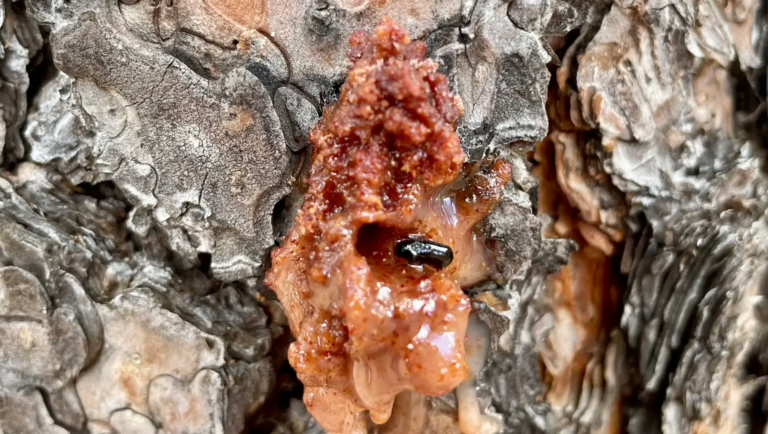
It’s mighty easy to mix up drought stress with a mountain pine beetle infestation. Here’s how to tell ’em apart:
Symptom | Drought Stress | Mountain Pine Beetle Infestation |
Needle Color | Yellowing, browning, leaf scorch | Dull green → yellow → rust/red-brown |
Needle Drop | Starts at tips/top, gradual | Follows color change, entire crown |
Bark/Trunk Signs | Cracks, no resin | Pitch tubes, boring dust, galleries |
Woodpecker Activity | Rare | Common (feeding on larvae) |
Under Bark | No insect tunnels | Beetle galleries, blue stain fungus |
If you’re seein’ pitch tubes, boring dust, or that telltale blue stain under your pine’s bark, you’re likely dealin’ with mountain pine beetles, not just drought.
Why Early Detection Matters for Pine in Durango
Recent aerial surveys show that bark beetle complexes, including mountain pine beetle, continue to cause significant mortality in pine stands in Southwestern Colorado, per USDA. Early intervention can help prevent further spread and protect both your property and the surrounding forest.
What Tree Owners Should Do
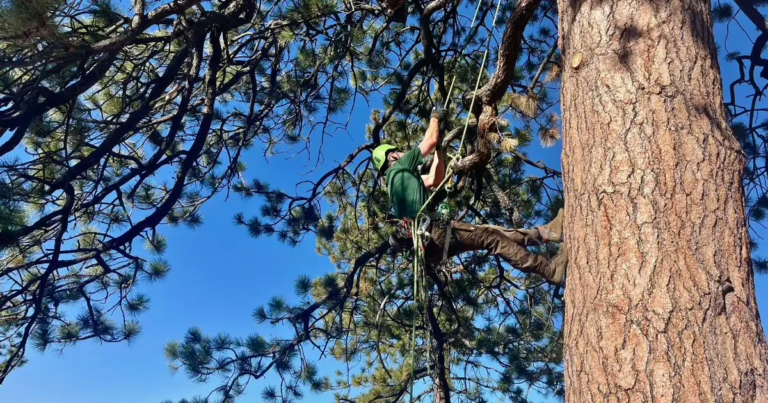
- Inspect Regularly:
Walk your property each season, especially mid-summer through fall, and look for the above symptoms. - Check Under Bark:
If you suspect infestation, carefully remove a small section of bark to look for beetle galleries and blue stains. - Act Quickly:
Contact an ISA-Certified Arborist if you spot signs of beetle activity. Removing and properly disposing of infested trees is essential. - Preventive Care:
Consider preventive treatments and thinning overcrowded stands to improve tree health. At Momentum Tree Experts, Ponderosa pine injections are often in high demand and have very limited availability due to the need to work with the tree’s natural functions. We recommend prioritizing this service and scheduling a consultation a.s.a.p. to secure your spot!
Safeguard Your Pine!
Stop those beetles in their tracks! Schedule a professional tree health inspection in Durango with Momentum Tree Experts. Our team specializes in pine beetle management, drought solutions, and comprehensive tree care for Southwest Colorado. Contact us to protect your pines and keep your landscape healthy.

